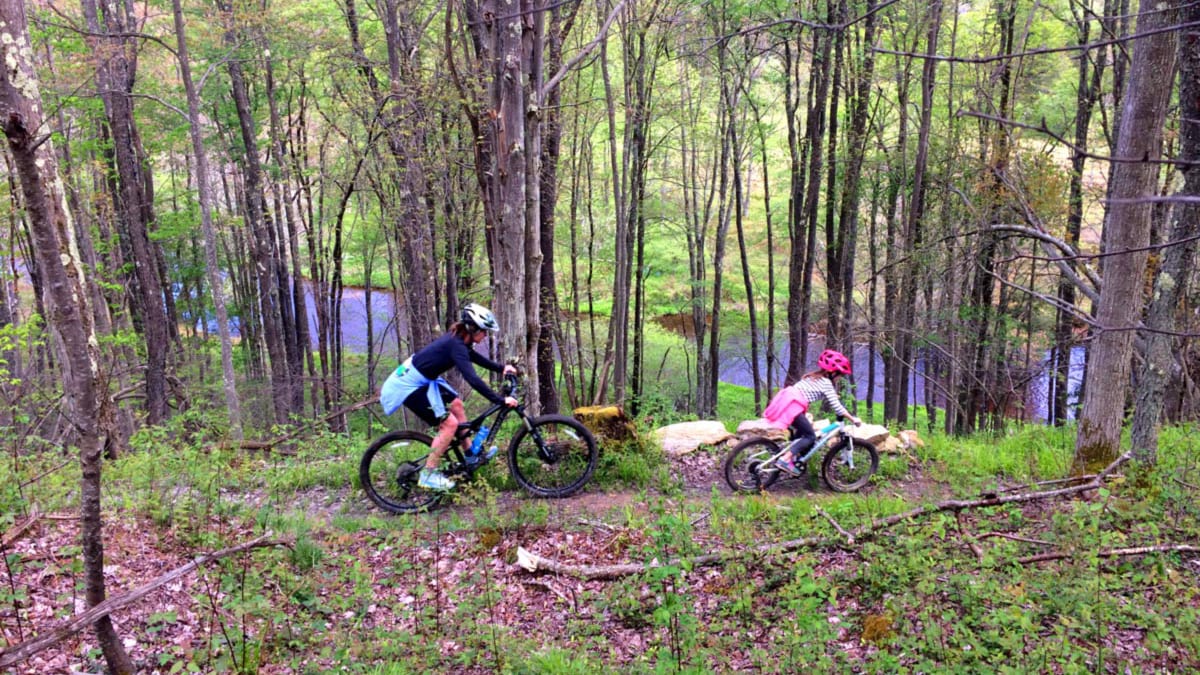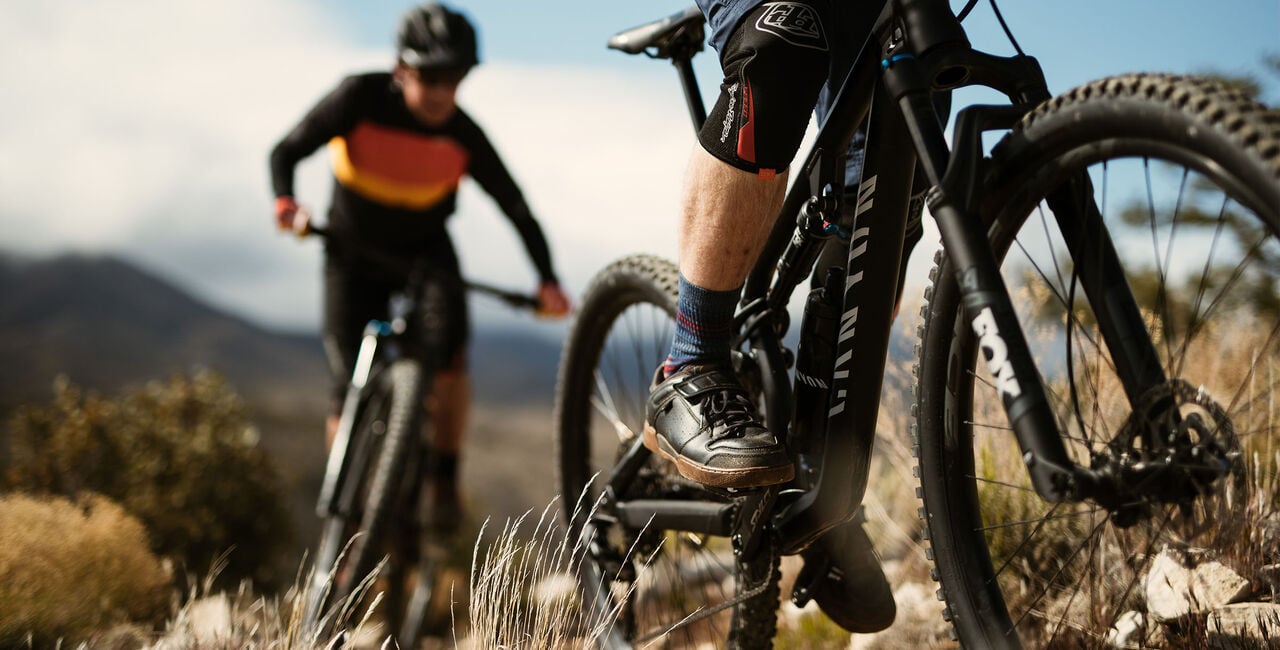
Skiers and snowboarders can't enjoy a great day on the slopes unless they have goggles which fit well and provide the best vision possible for cruising the snowy slopes. You have to take a number of things into account when choosing goggles that are right for you.
Choose the right lens tint for your conditions
When you are on the slopes during bright weather, opt for ski goggles that have dark lenses. This will protect your eyes from the glare of the sun. In poor weather conditions, opt for goggles with lighter tints that let in more light, making it easier to view the terrain.
VLT ratings (visible light transmittance) will tell you how much sunlight passes through the lens. A low-VLT will give you the most comfort and protection during sunny days. On cloudy or rainy days, a high-VLT will prevent snow glare.
Pick interchangeable goggles that offer easy swaps for different conditions
Skiers and snowboarders who are out in all kinds of weather conditions should have interchangeable goggles. The lenses can be changed as conditions change. This is an efficient way to save time while protecting your eyes from harmful UV rays.

Dragon, for example, makes ski goggles that have magnetic lens systems. These are quick and easy to use. The lenses and frames are connected by simple magnetic points. A locking latch secures the goggles together even if they fall.
The strap is an essential part of any pair of goggles, so look for a well-designed and comfortable one. The goggles should fit snugly, but not so tight that they put pressure around your ears and face.
If you look at the brand or model of your goggles, you may see a system for adjusting the strap, like buckles or clips. These allow you to adjust them to fit a wide range of head sizes. It is ideal for children outgrowing their goggles or adults who want to change hairstyles or wear hats.
Other important features include anti-scratch and fog prevention. These are designed to protect the lenses from scratching from the sharp edges of branches, tree stumps and other objects you may find on your hikes.
Some styles are also equipped with polarizers and anti-reflection coatings. This helps reduce glare, especially on rainy or foggy days.

Test your lenses before buying them! Try them with your helmet, or on the tops of your skis, to get an idea of their performance in different light conditions.
Buying the right pair of ski goggles is not an easy task, but it's worth it in the long run if you can avoid eye strain and get better visibility in the mountains. With these tips, you'll be able to select the right ski goggles for your needs and enjoy a happy day on the mountain!
FAQ
Do extreme sports require expensive equipment?
Yes. Extreme sports equipment is expensive. However, these people don't need a lot of money.
Which extreme sport is most dangerous?
You balance on top of the board and fall off the mountain at high speed. This is snowboarding. Falls you do it wrong, you can die.
Who is interested in extreme sports and who doesn't?
Anyone who wants to try something new can take part in extreme sports. You can choose to learn more about the sport or compete with other people.
There are many types of activities that you can choose from. Some involve jumping off a cliff. Others involve long distance cycling. Others involve riding a bicycle for long distances.
Some extreme sports require special skills. Training is required to skydive. Parachuting requires practice.
Extreme sports have become very popular among young people. They are often used as a way to enjoy nature. But they are also popular among athletes who train hard to improve their performance.
Statistics
- Nearly 40% of all mountain bikers have at least graduated from college. (momsteam.com)
- Overall participation has grown by more than 60% since 1998 - from 5.9 million in 1998 to 9.6 million in 2004 Artificial Wall Climbing. (momsteam.com)
- Since 1998, overall participation has grown nearly 25% - from 5.2 million in 1998 to 6.5 million in 2004. (momsteam.com)
- Based on the degree of difficulty, the routine is scored on form and technique (50 percent), takeoff and height (20 percent), and landing (30 percent). (britannica.com)
- Approximately 50% of all wakeboarders have been participating in the sport for 1-3 years. (momsteam.com)
External Links
How To
How can you learn parkour skills
Parkour is a free running technique where people run through obstacles such as walls, buildings, fences, trees, etc. It is one of the most well-known sports, with millions of participants all over the globe. Parkour comes in many forms, including freestyle and wall climbing, as well as urban exploration, rescue, escape, urban combat and other.
Any activity that improves your overall health and physical fitness is called fitness. It can mean working out at the gym, doing cardio exercises, or even just going for walks. Parkour is considered a sport since it requires athletes to use their body strength, speed, balance, coordination, and agility.
These are some tips that beginners can use to get started with parkour.
-
Avoid places with stairs or other hazards. You should choose flat ground, avoid hills, and if you can climb up a tree, then go ahead.
-
Proper footwear is made of leather or rubber. If you're not sure what shoe will work best for your feet, feel free to try them all. The right shoes are crucial for a successful parkour session.
-
Keep hydrated during practice sessions by bringing water bottles and snacks.
-
Before starting a parkour session, warm up first. This means warming up your muscles and getting ready to go. Begin slow, then increase the intensity to ensure that your muscles are well-prepared.
-
Jumping is not about relying on your arms and legs. Instead, use your core and back muscles more to overcome obstacles.
-
Do not push yourself too hard. Instead, take breaks from time to time. This will help you recover from your workout without getting hurt.
-
While practicing parkour, listen to music. Music helps to relax and help you concentrate.
-
After each session, stretch your muscles and joints to prevent injuries.
-
When you are exercising in public, make sure to keep your hands clean. This way, you won't risk hurting someone else.
-
You can keep track of your progress by keeping a log. This will help you remember your strengths, and your weaknesses.
-
Parkour is meant to be enjoyed. Don't let fear of losing your balance stop you from enjoying the parkour experience. Don't be discouraged if you fall.
-
Learn new tricks and techniques every day.
-
Make sure to eat healthy food. A high protein diet can help you build muscle mass faster.
-
Find a mentor to work with. Mentors can teach you certain moves and offer advice on how to improve your skills.
-
Do not be afraid to ask for clarifications. It's a joy to help fellow enthusiasts learn new things. Ask!
-
Practice makes perfect. Training is a must, so get out there and start training whenever you can.
-
Have fun
-
And last but not least, stay safe!